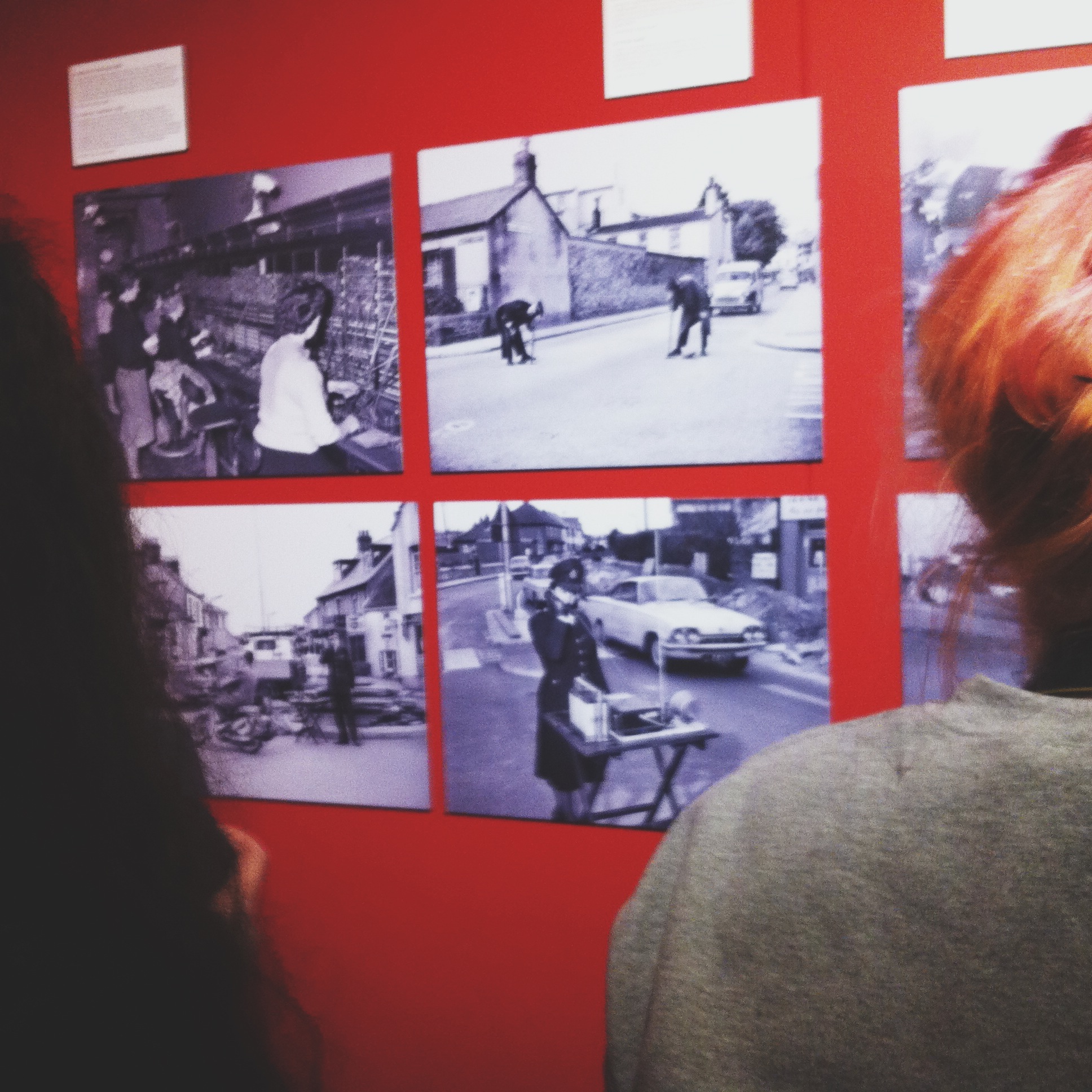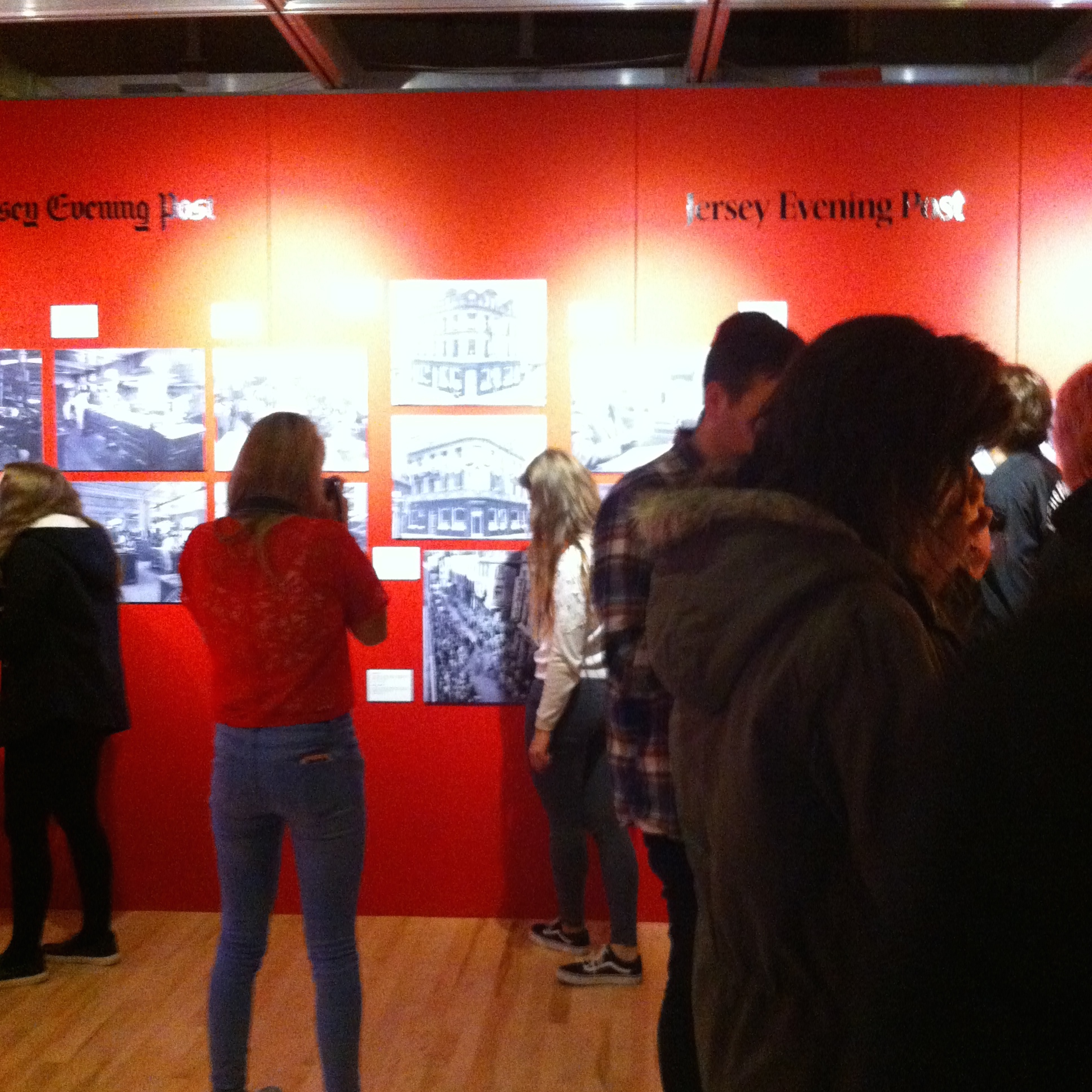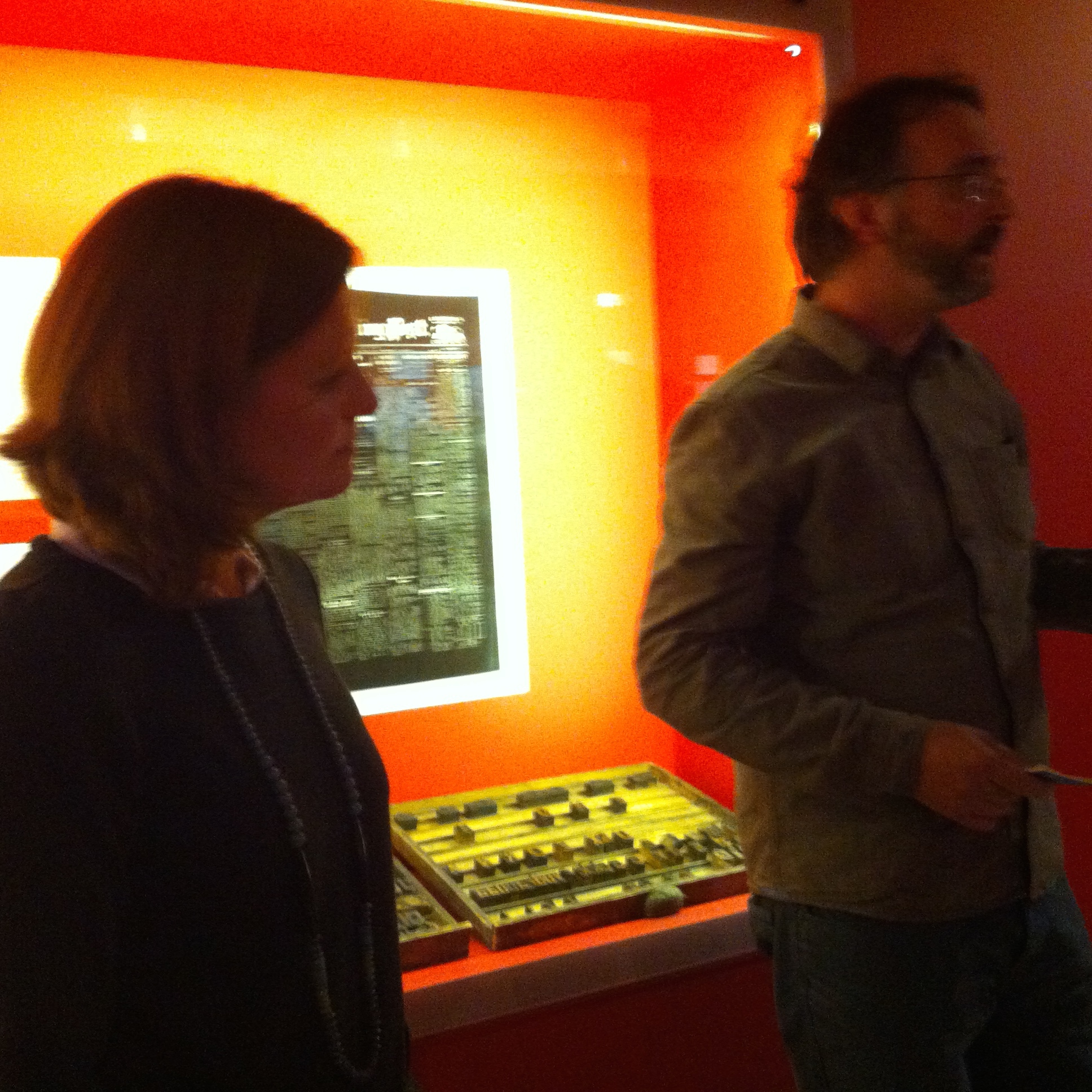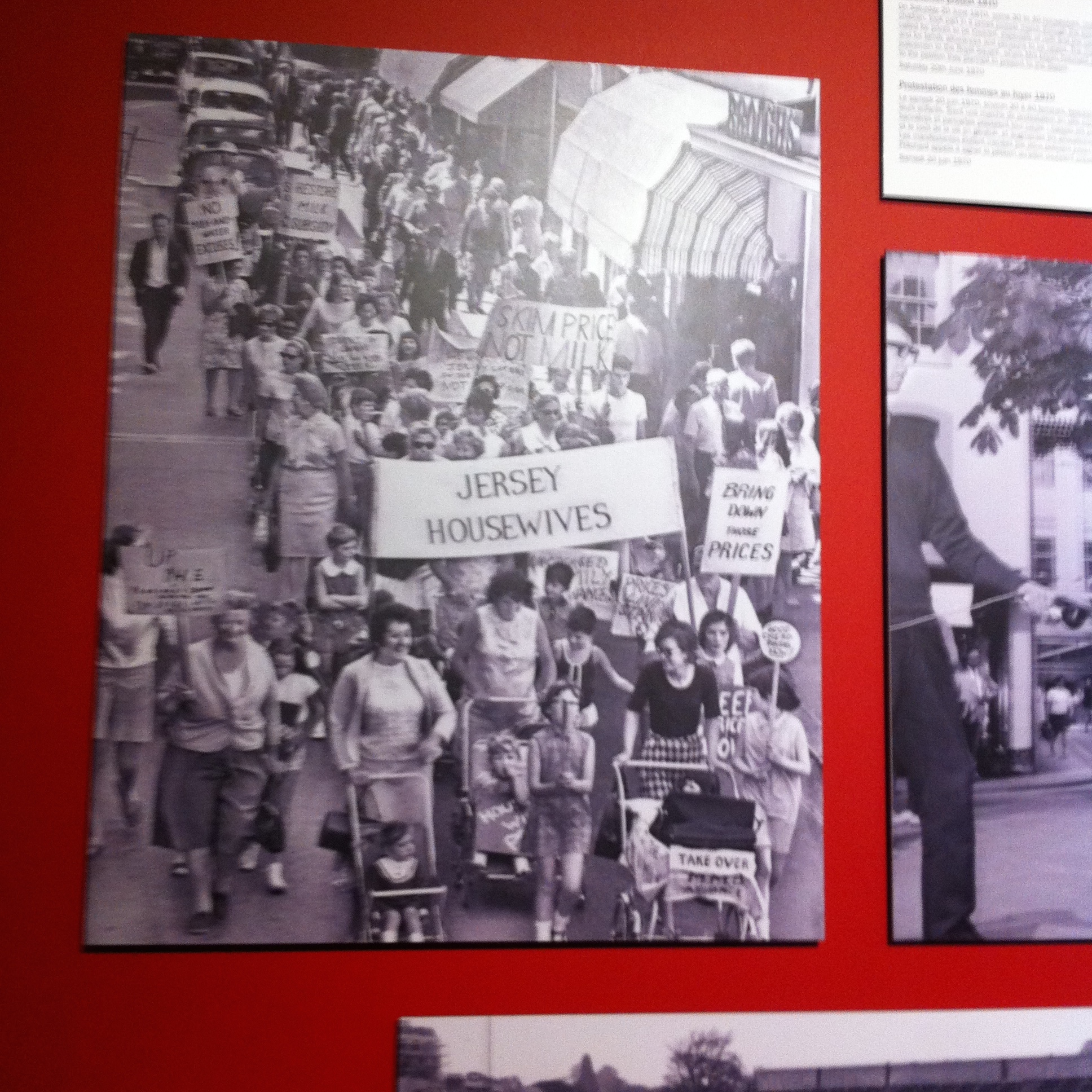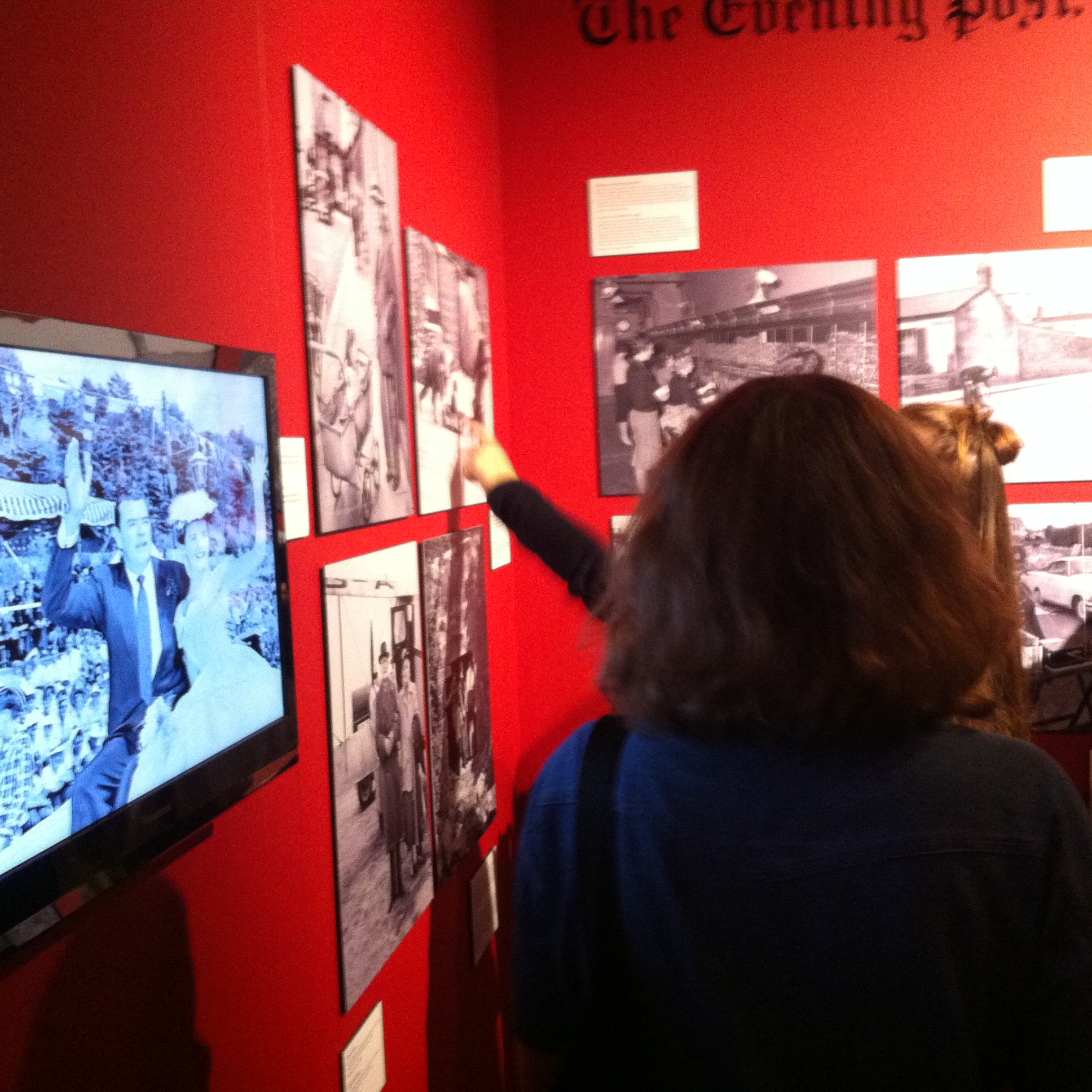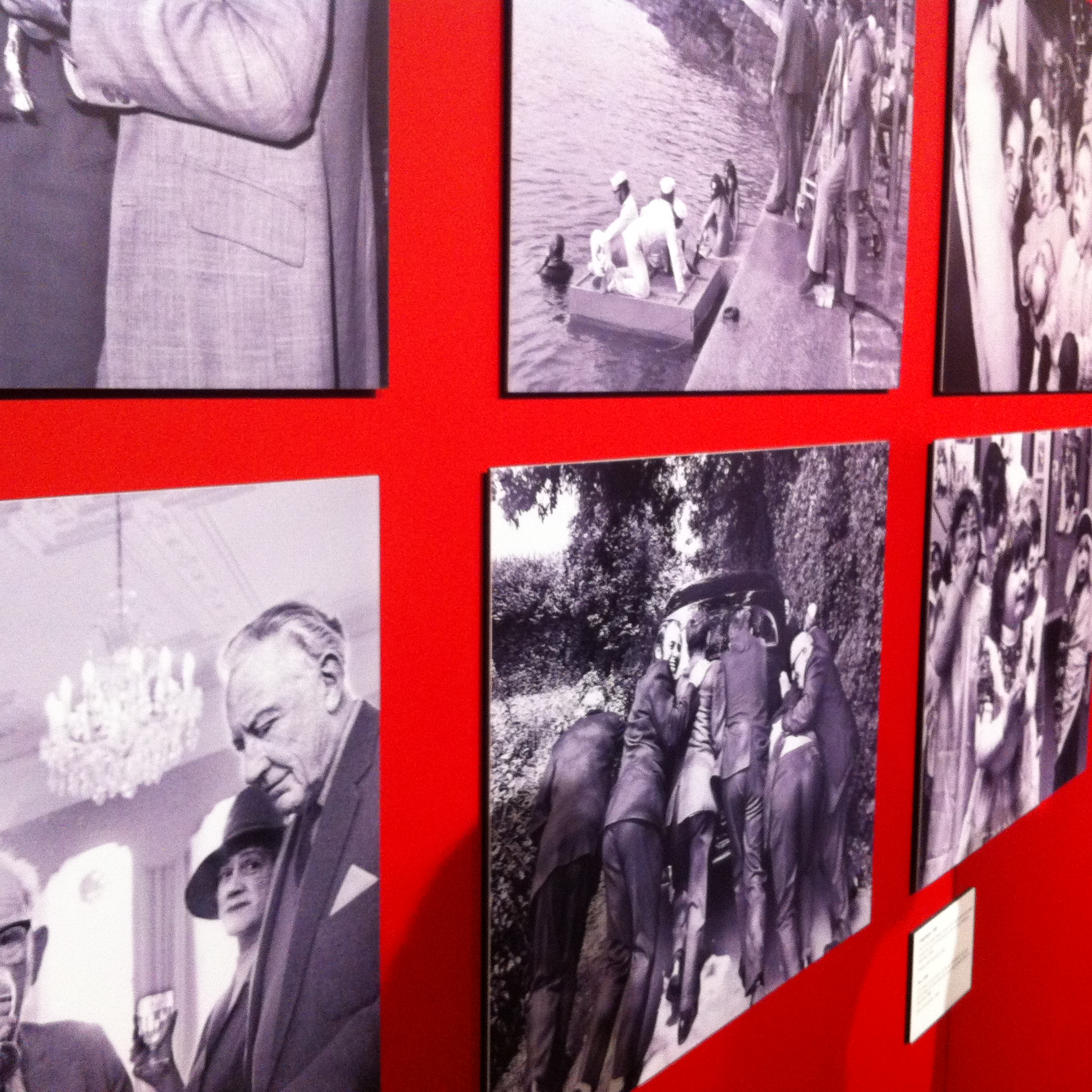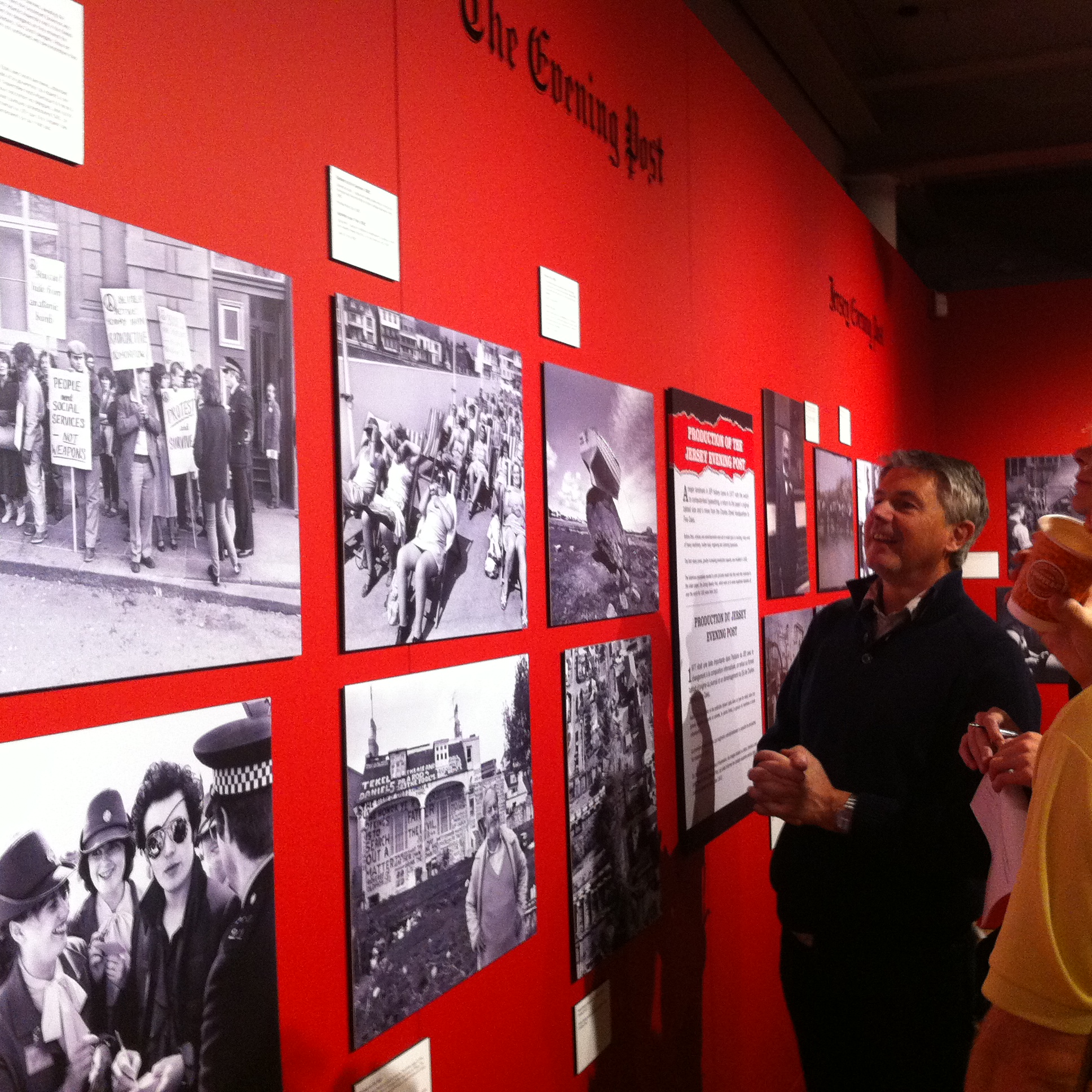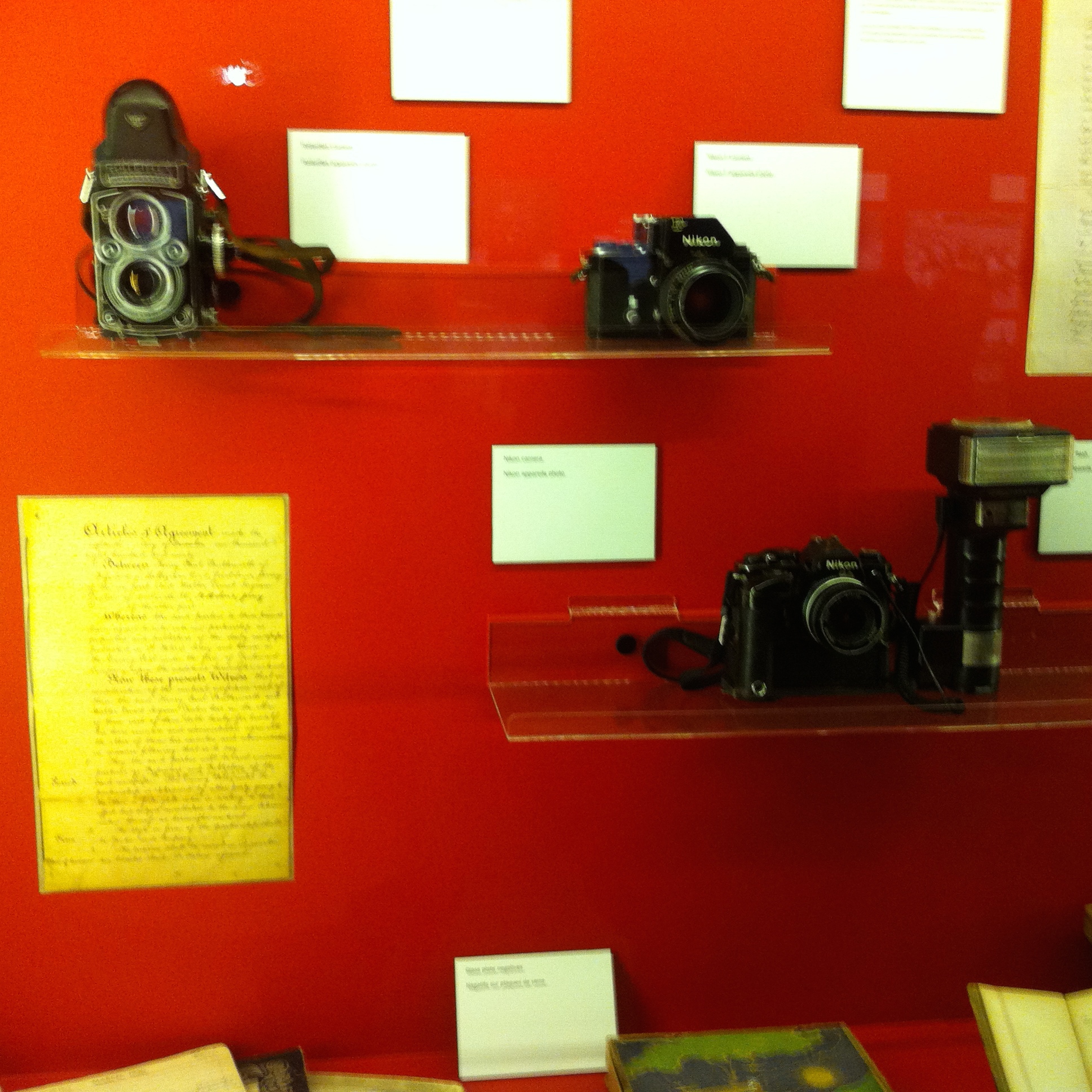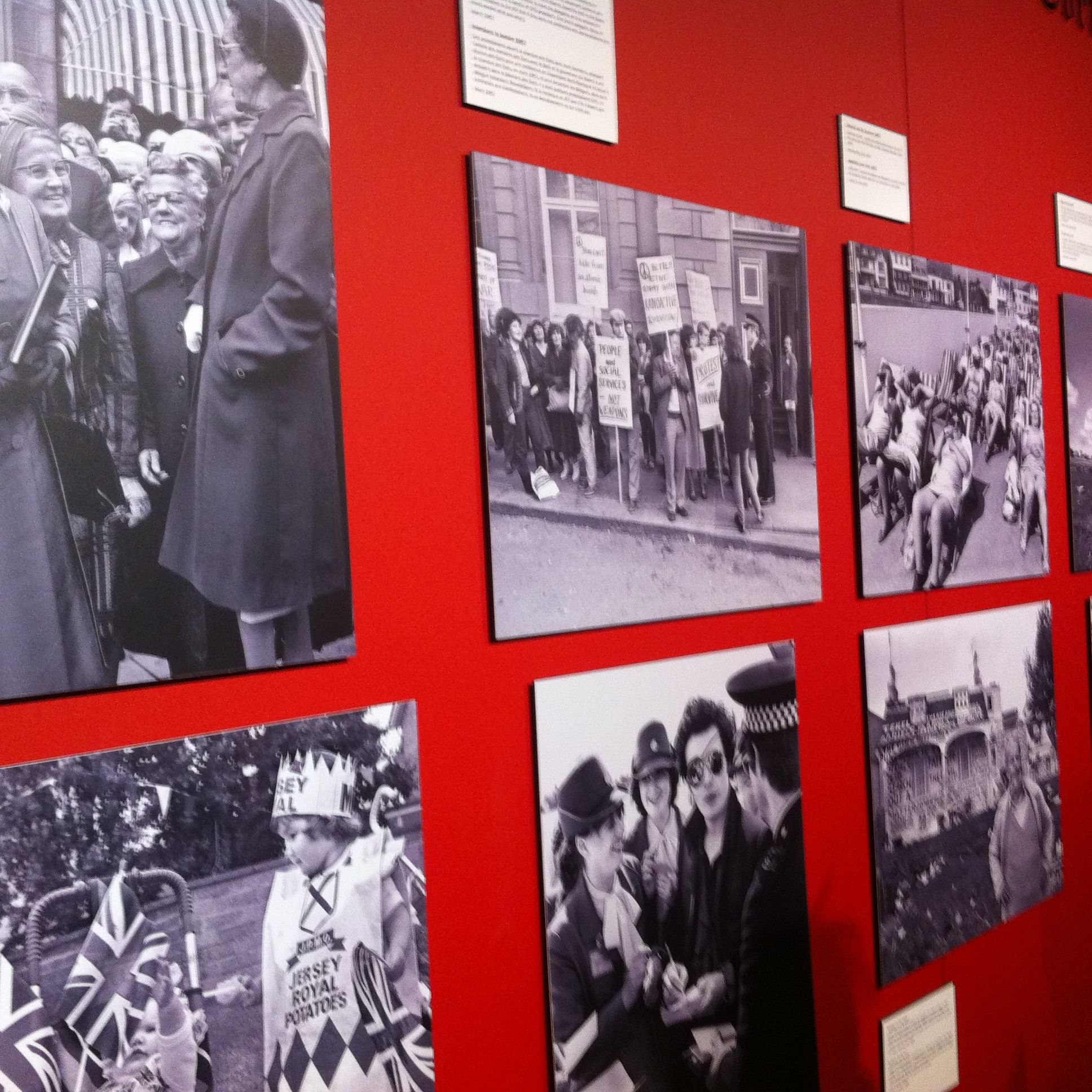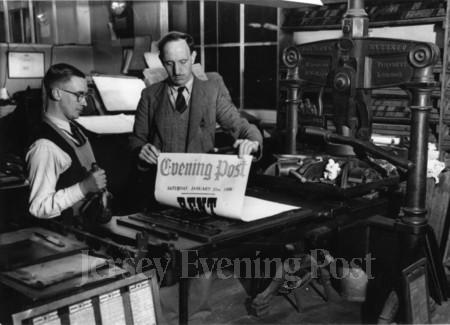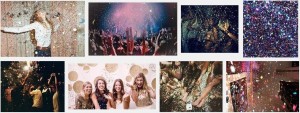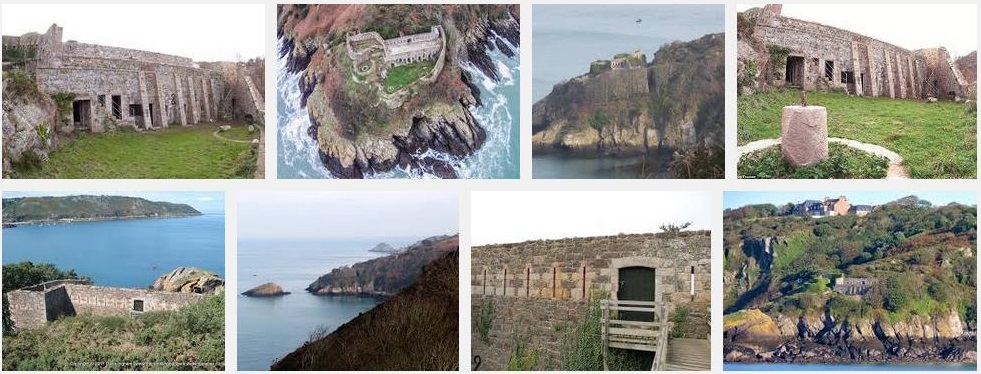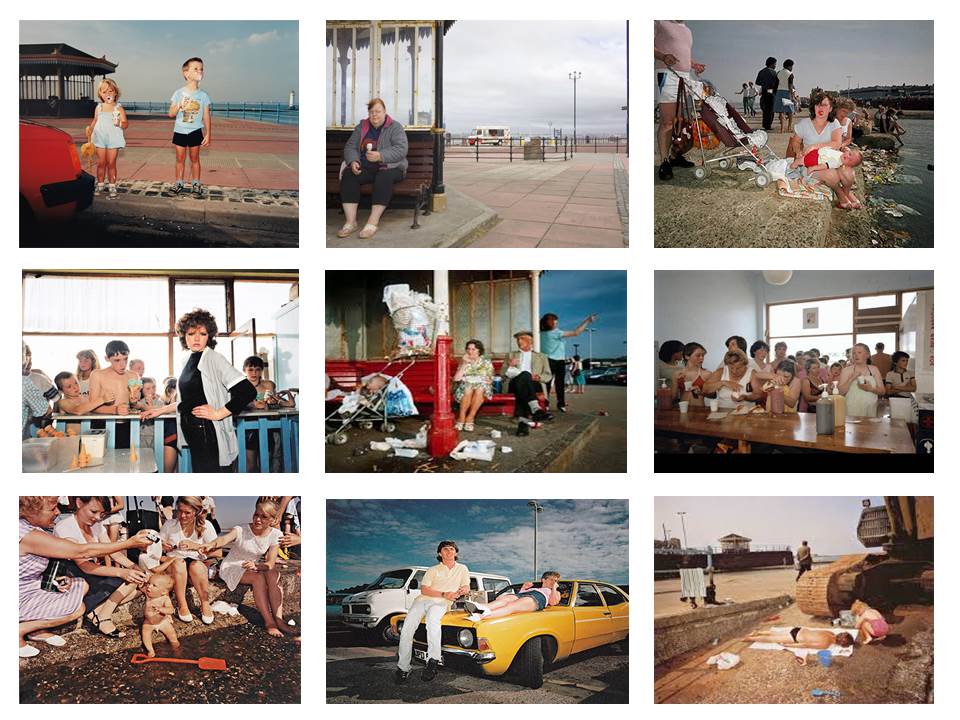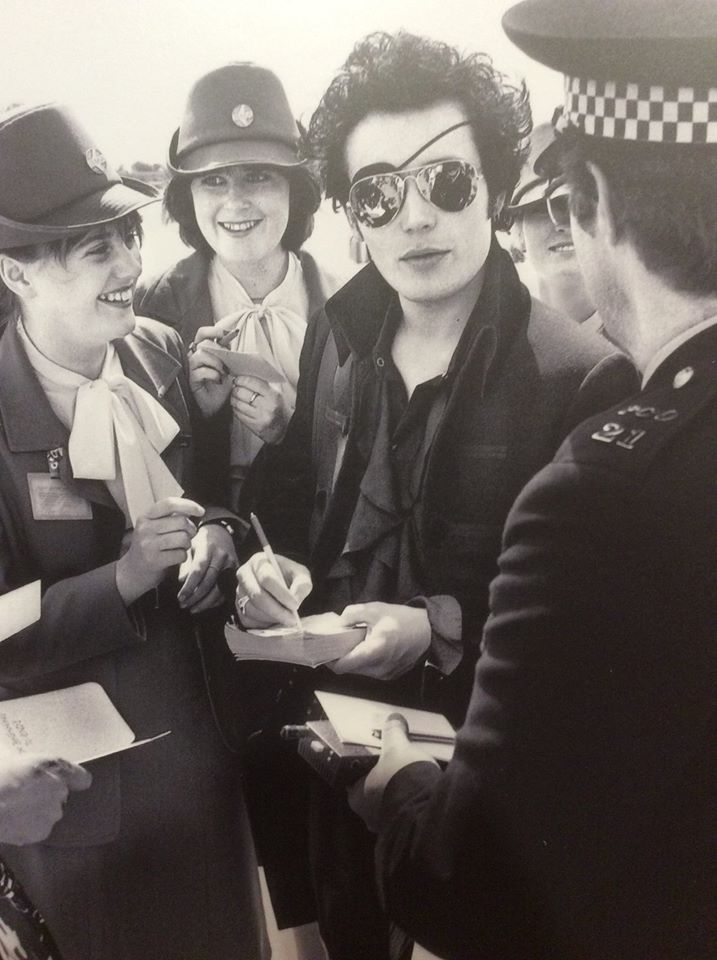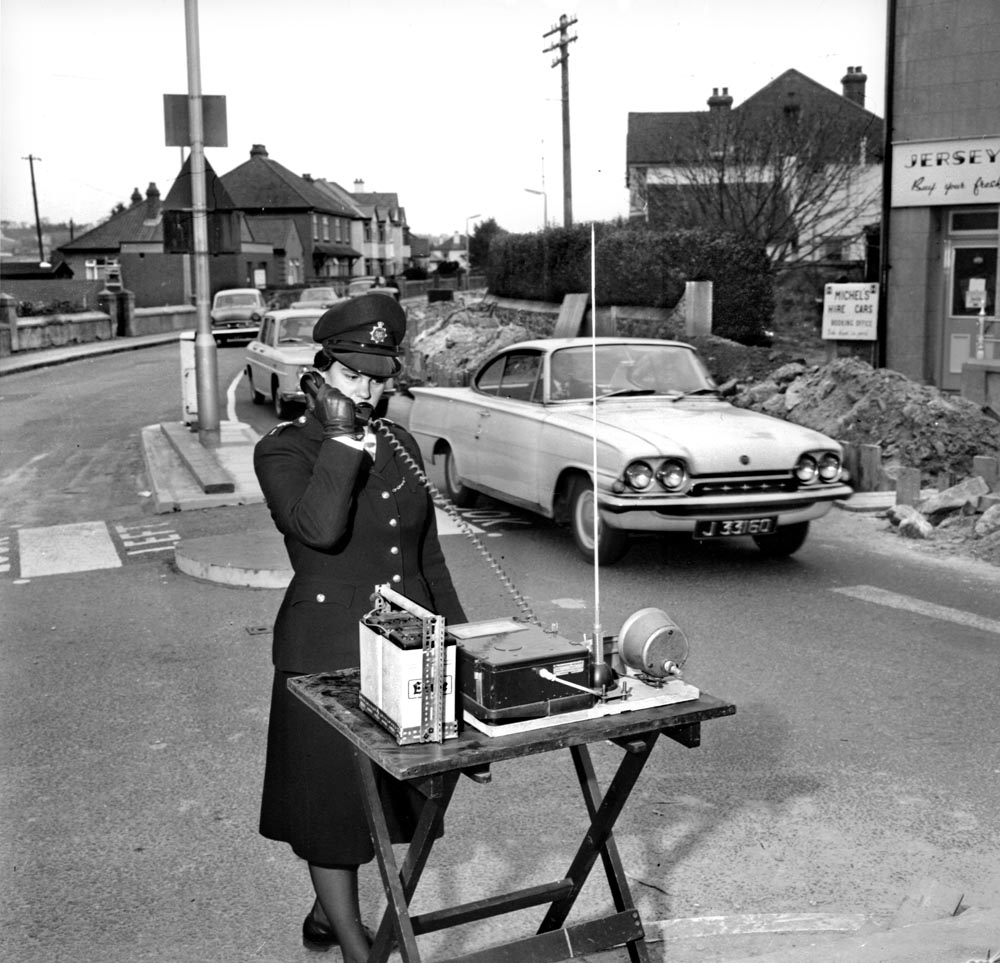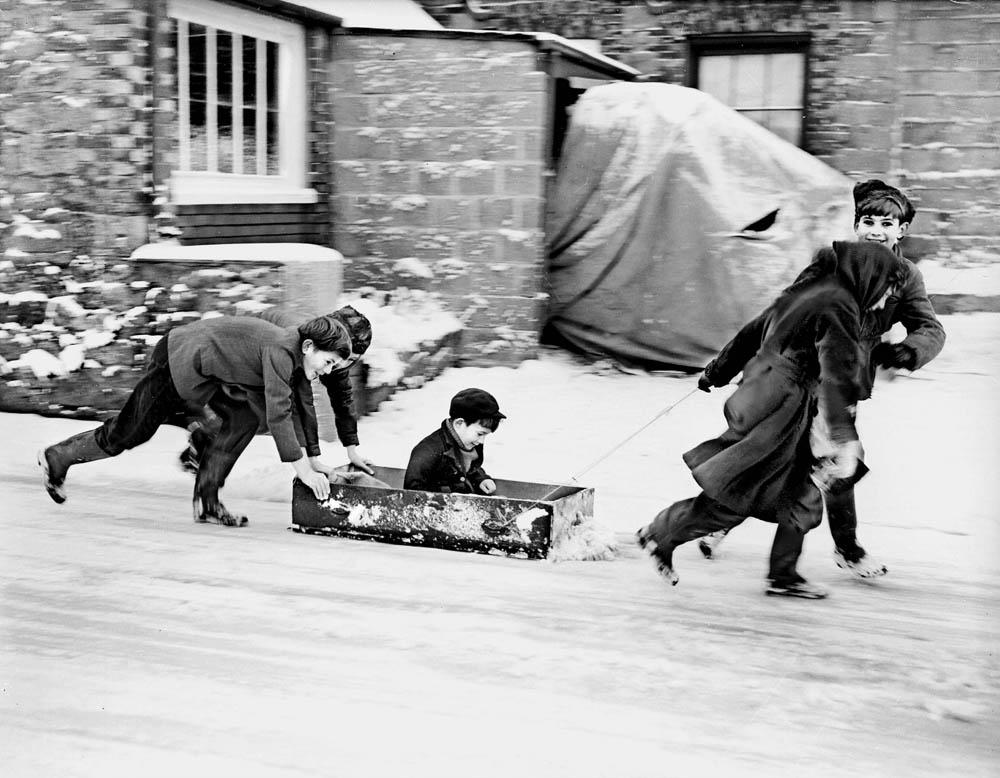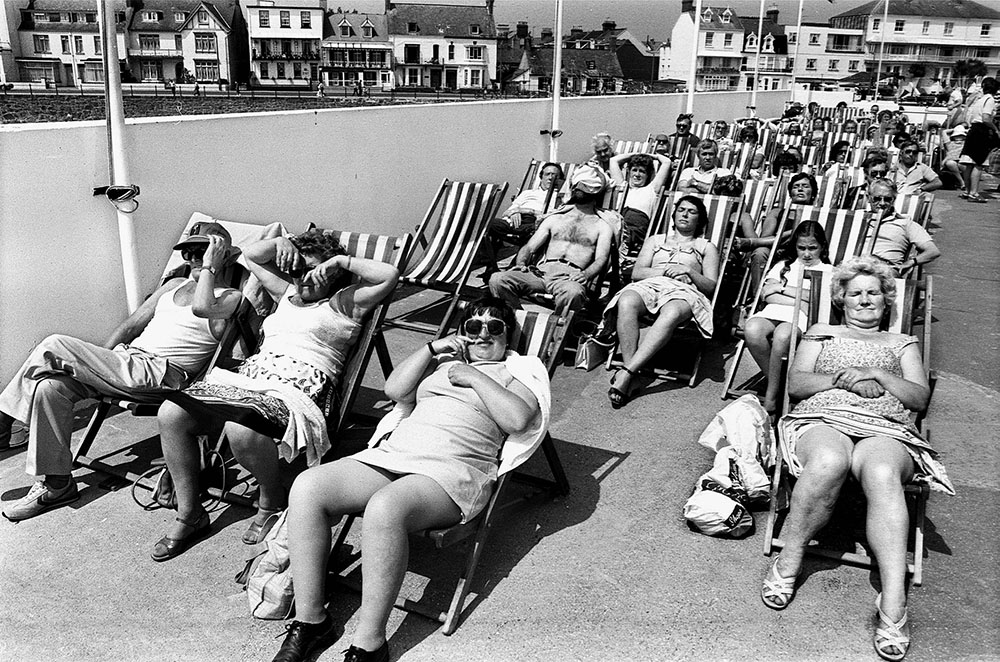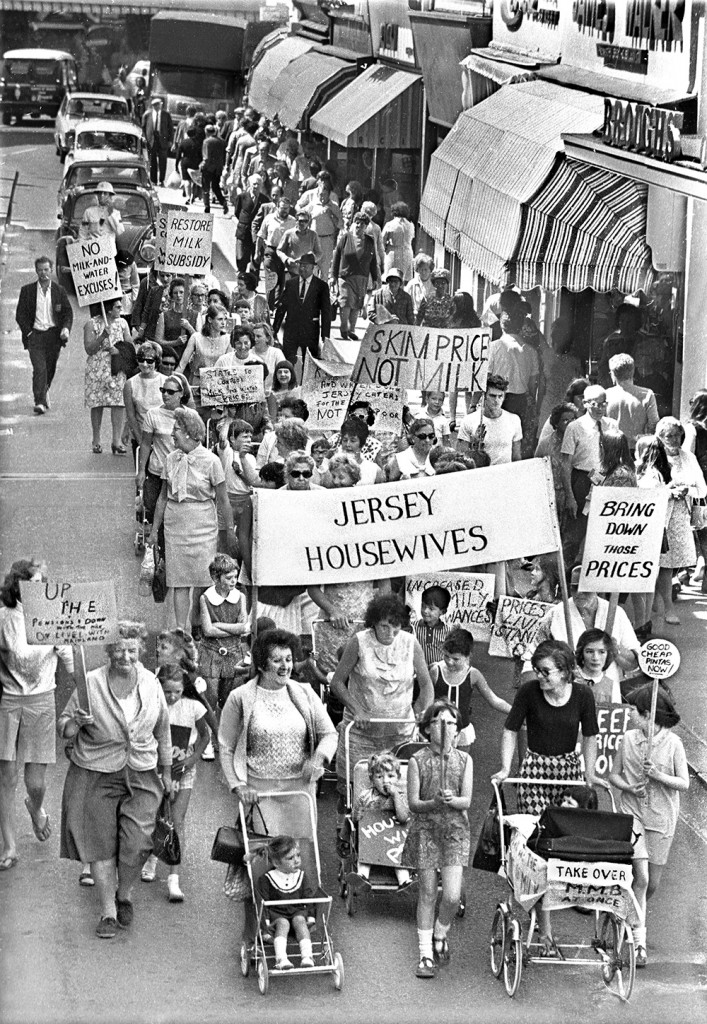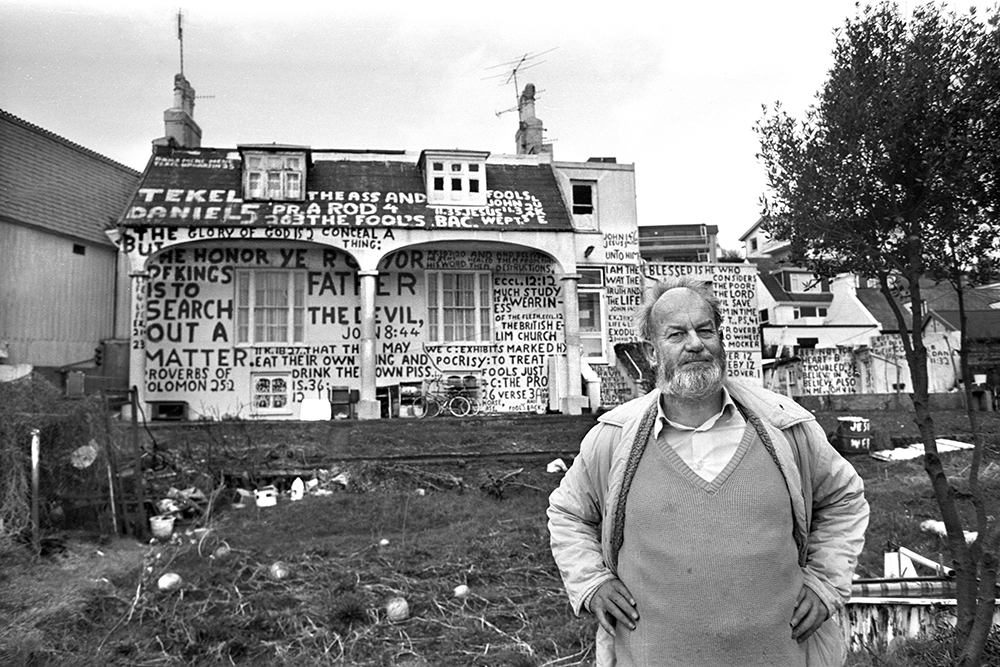On Friday 23rd October the whole of year 12 and 13 photography students headed down to the Jersey Art Museum where we were delivered an opportunity to get our creative work exhibited within the Jersey Museum. This was created to celebrate 125 years of the Jersey Evening Post [originally named Evening Post]. This would be a really great opportunity to get our work out there within the Jersey community as well as actually being a part of an exhibition.
“Your Story, Our History: 125 years seen through a JEP lens”
The Jersey Archive only managed to find images from the past 85 years so it wasn’t really true to its name, however the images that I saw were really interesting. The reason why some of the photographs weren’t present was because during World War II the German Nazis took over Jersey and the JEP and so before the Germans took over the JEP the head of the JEP decided to burn all of the papers and images so that the German’s couldn’t get hold of them. This is really interesting as I wonder why this person wouldn’t want the German’s to see those images or papers even though they wouldn’t really be able to do anything with them unless they had important news about Britain and possible war moves. I find that although they were unable to bring images across the 125 years it still has huge impact and is really important in the growth of Jerseys history.
Our photographic role
125 hours seen through a teenager’s lens
So for this exhibition our task is to make images through the lens of a teenager over 125 hours, as the Archive doesn’t really have images made by teenagers and we never really get a teens perspective on things. I think that this is a really great idea because often adults underestimate teens and think that all we ever do is cause trouble which is not the case. This really helps with the documentary aspect of our photography course as we are able to apply this to our own work and use it to our advantage. I want to be able to make the most realistic images that I possibly can by just carrying my camera around with me constantly and snapping shots at random [action shots]. This will be a fun experiment and I’ll be able to look back and see what I was doing at different moments throughout my week. Basically 125 hours amounts to 5 days and so we will be making photographs across a five day period. Another role that students are able to get into is actually creating the exhibition on the day. There will be 10 students selected from those who put their names down and here they will be split into teams of about 2 or 3 people, the curators, designers, PRs and documenters. Here we are going to be able to choose the best photographs from all the students, position them and decide how they are going to be placed in the exhibition space as well as filming and documenting the day through photographs. This will be a really great experience and a good chance to get our work out there. The deadline for this exhibition is Wednesday 18th November.
During the day we went down to the exhibition to check it out I was given the opportunity by Lucy Layton, from the JEP and head of the 125 hours project, to actually film throughout the day of the takeover as well as taking over their Facebook and Instagram page. I think that this will be really interesting to do and I want to be able to make a decent video for them as it is going to be posted on their website. Here I want to interview some people involved with the project including students involved. I will also be filming throughout the day of different decisions being made and possibly a time lapse of the entire day filmed with my GoPro. I am going to come up with some questions to ask during each of the mini interviews as well as filming different shots of the exhibition throughout the day as more behind the scenes stuff.
Archival images: http://jerseyeveningpost.newsprints.co.uk/search/byg/p/u/48/1/jep_125th_anniversary_exhibition_images
At first approach to the exhibition I thought ‘I hate the red’, for me the colour red is just awful but that is however just personal preference and I know that the red iconically represents the Jersey Evening Post. For some reason I just find that the colour red is so harsh and can be quite in-your-face at times but then again it did really compliment the black and white images making them stand out from the wall a lot more. I find that even the background of an exhibition matters so much because it can completely change the way the spectator sees and interprets the images being exhibited. I absolutely love that all of the images are in black and white, mainly because the time they were taken film cameras only shot in black and white but nonetheless I loved it. I find that this really allows the spectator to look into the image and the people within those images instead of being sidetracked by bursts of colour in different parts of each image. All of the images managed to compliment each other because they were all black and white they seemed to have a more equal chance of being looked at. I did find that the middle of the room was lacking something, which would make the perfect space for our additional new images that are selected for the archive as that was the intention. I was also drawn in at the very beginning just down to the right side of the exhibition as you walk in there is a glass case filled with some awesome vintage photographs and film cameras. The film cameras were so great, as I’m a lover of vintage cameras, it really brought the whole exhibition into perspective for me in that people actually used to use these to make photographs for the papers and looking around at the images they were all so amazing without any editing being done at all [aside from the built in factor of them being in black and white].
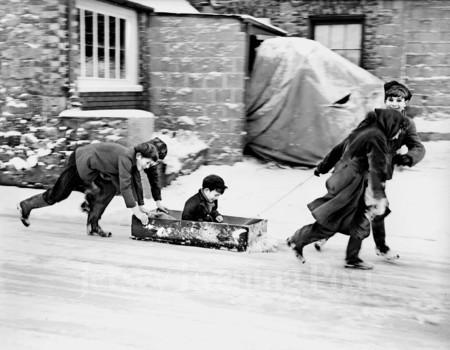
This is the first image that really stood out for me. I don’t have anything that I particularly like about this image accept I just love looking at it and it really comes together. It brings me a sense of nostalgia of when it snowed a couple of years back in Jersey and me and my friends from around my flats would constantly hang out and mess around in the snow. I think that this image will bring a sense of nostalgia to many people and those of all ages are able to relate to this in some way or another. The little boy sat in what looks like an old suitcase with a bit of string attached looks so happy and cute that his older friends/possibly siblings are pushing him along so that they can all enjoy the snow together. I really think that this photograph is cute and makes me happy, it is so simple and straight forward. Everyone in the photograph looks so happy. It makes me think about being younger and having no worries, being able to just do whatever I wanted and hang out and mess around with friends, even though I still kind of do that now. The composition of this image is great as the subjects are perfectly positioned with the same amount of space on either side of the image which I find so interesting as this would have been taken with a film camera where it becomes harder for the photographer to make such a perfect photograph as there was no such thing as adjustments and cropping then. I just love that this is an action shot and really makes me fall in love with the idea of documentary photography. This idea of taking action shots and film cameras makes me think of disposable cameras and when I was younger I used to use those disposable cameras to make images on different trips with my friends and family. I’ve actually started using them again because I love the idea of making images and then not being able to look at them until they’ve been developed, it’s much more fun to be able to collect them and finally get them and laugh and smile at all of the good times that we would usually overlook.
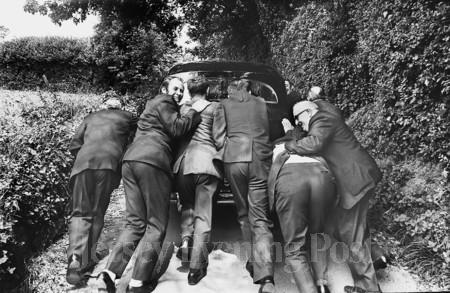
I think that this photo is great, I find it humorous. I find it almost comical that the photograph was taken from behind the men trying to push that old car through the countryside lanes around Jersey. I like that all of the men are facing away from the camera accept two of them, one turned round laughing [to the left] while the other seems to be smiling at the struggle they are having [to the right]. I find this image interesting as there is a lot to look at and I also find it quite funny that the men are wearing full suits when travelling round the countryside as if they were possibly businessmen or maybe that was just the fashion of the time. This image is entertaining and is open for interpretation to the spectators. I really don’t think that this image would have made it into the JEP because it isn’t really news but then again it is funny to look at and would put a smile on peoples faces. I find that most of the images being shown at the exhibition aren’t exactly the best images in terms of photojournalism and making headline Jersey news but I do think that they are great documentary images as they really do capture moments in time of Jersey history and the ordinary people of our small island. I find this interesting as I think I wonder what ever happened to those people and how old they are now and whether or not they are still alive.

Admittedly I hadn’t even come across this particular image until we were sharing our favourite photographs at the end of the session last Friday. Once it was pointed out to me it really made me start thinking about how even in Jersey women were seen as second-class citizens to their male counterparts. Everyone just looks so unhappy there as if it was an obligation to come from work on a friday and go down to the pub for a drink with their colleagues and their wives. In this image the women seem to be taking a step back and are always stood behind their husbands as if they aren’t as important as the men and are just there to look pretty and to socialise with the other wives. I find this image very sad and something that I just wouldn’t think would have happened in Jersey and I do not know why I thought that because Jersey is very backward in equal rights of all people, including only bringing in discrimination laws last year [2014] along with discrimination laws to protect characteristics of sex, sexual orientation, gender reassignment & pregnancy and maternity only coming into the law on 1st September of this year [2015]. I should really expect these kinds of images from Jersey as they have always been quite backward in laws as well as equal rights for women [still not equality of payment in some working environments]. The chandelier in the background interests me as it seems as though this would have been a more upperclass establishment so the only people that would be there are businessmen and their wives. I think that this can be a very powerful image as it explains a lot without saying anything, in the position of the women and the expressions on everyones faces. It is interesting to see a small section behind the bar with drinks lined up underneath that really shows how different everything is now in terms of the way people dress and the different class of people that you will tend to see hanging around bars nowadays compared to back then.

